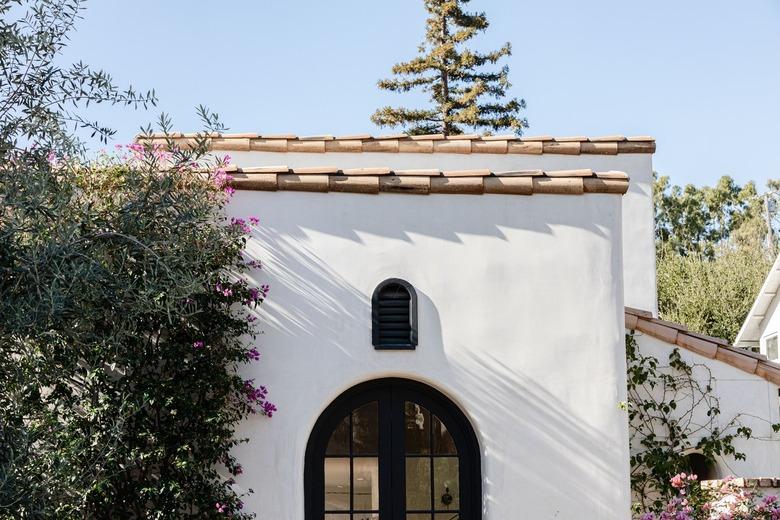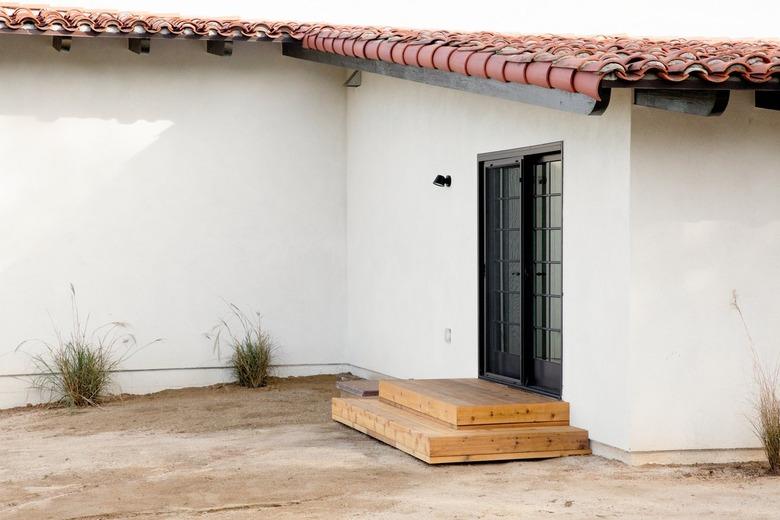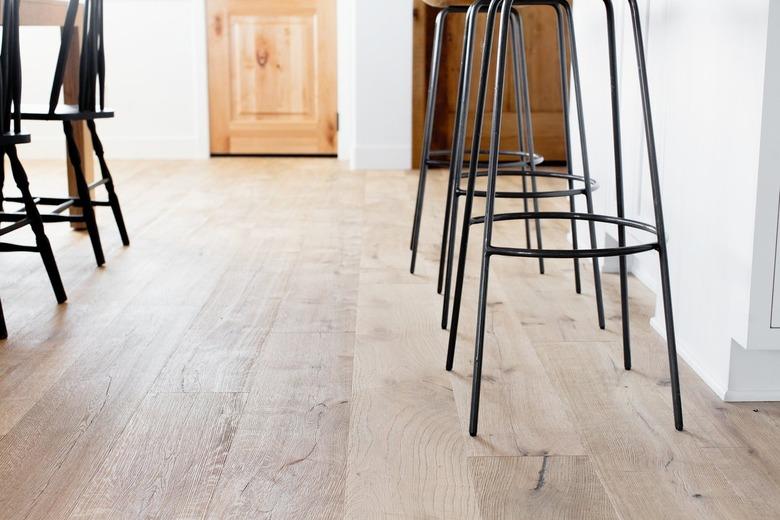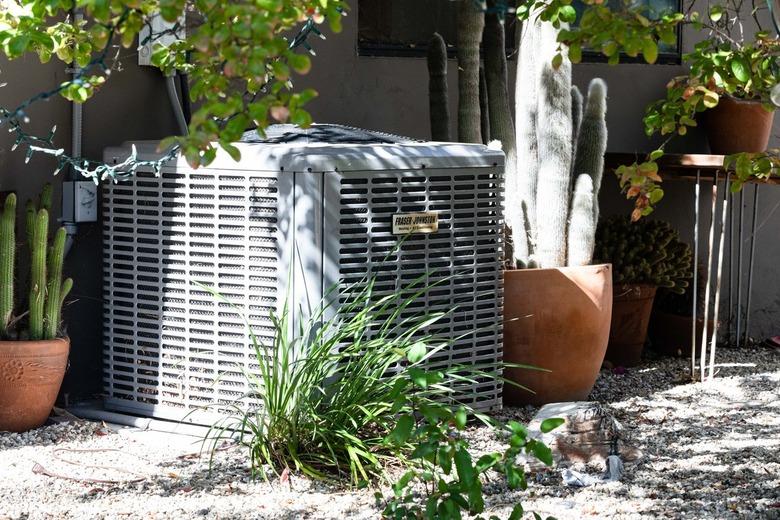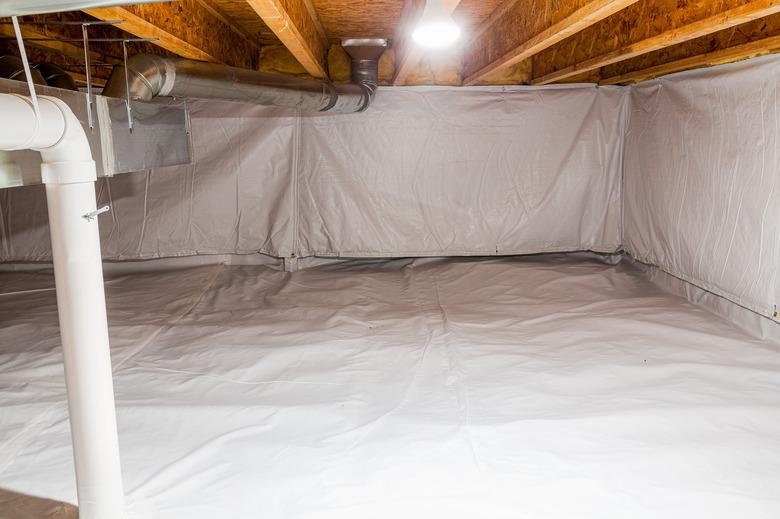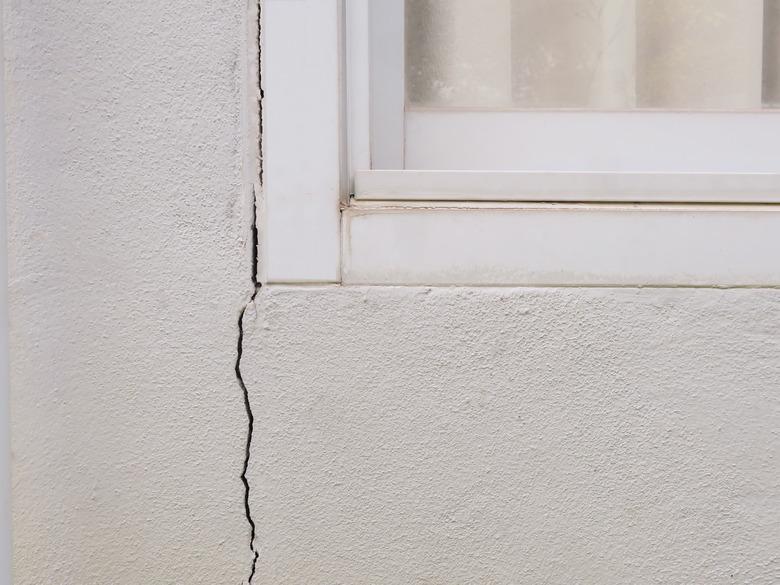6 Ways Extreme Heat Damages Your House (And How To Prevent Them)
Extreme heat is defined in various ways depending on who you ask. Some sources describe it as multiple successive weeks of temperatures that are more than 10 degrees Fahrenheit above average for a region. Others say extreme heat occurs when air temperatures are over 90 degrees with high humidity. Either way, there's no doubt that high temperatures are uncomfortable and potentially damaging to a home. With the increasing number of heat waves hitting the U.S. as climate change advances, extreme heat is a major concern for homeowners.
Despite the long list of potential problems that extreme heat can cause, hope remains. There are numerous ways to limit or avoid much of the damage that it can do to your home. Here are several ways that extreme heat can damage your home and what you can do to protect against it.
Tip
Extreme heat often goes hand in hand with high humidity. This pairing can have devastating effects on your home and wallet. Many home insurance policies don't cover indirect damages that high temperatures can cause, which can leave you on the hook for substantial repair bills.
1. Roof Leaks
Cold wintertime temperatures don't do your roofing material any favors. On a similar note, extreme heat can quickly destroy the integrity of your home's roof. While your roof is busy protecting you and your belongings on a typical day, it also has to do battle with radiant heat from the attic below and the air above as it tries to hold up against damaging UV rays from the sun year-round. Toss in an extreme heat wave or two during the summertime and the resulting deterioration can cause roof leaks, with related problems escalating quickly.
2. Paint and Siding Damage
Extreme heat and high humidity attack your home's paint and siding with a one-two punch. The heat expands wooden siding, while the moisture in the air soaks into the boards. When the temperature drops, the siding contracts again. The combination can cause irreversible damage to the siding material itself and causes paint to bubble and crack, leaving your walls exposed and vulnerable to moisture damage behind the siding.
3. Buckling Flooring
Extreme heat can even negatively affect your wood floors inside the house. High humidity can cause the boards to expand and potentially buckle. The damage is often irreversible and leads to expensive repairs or replacement.
4. Air Conditioning Unit Overuse
Home insurance doesn't cover normal wear and tear on your HVAC systems. During extreme heat events, your air conditioner must work extra hard to keep your home comfortable. The higher demand on your A/C can prematurely age the system, which increases its chances of failing when you need it most.
5. Mold Growth
Mold and mildew love to grow in warm, damp places around your house during extreme heat events. Your basement, crawl space, and attic, which are fine during normal weather, can trap moisture and heat and become breeding grounds for mold during stretches of unusually high temperatures.
6. Settling Foundation
Perhaps the most devastating and costly damage that extreme heat can cause is the settling and subsequent cracking of your home's foundation. It's an extreme situation, but it can happen when groundwater evaporates from excessive heat. The sudden change in the soil moisture can allow house foundations to shift and crack. Not only is the situation bad for the overall structure when it rains, but the water won't shy away from pouring into the new cracks and causing even more damage.

